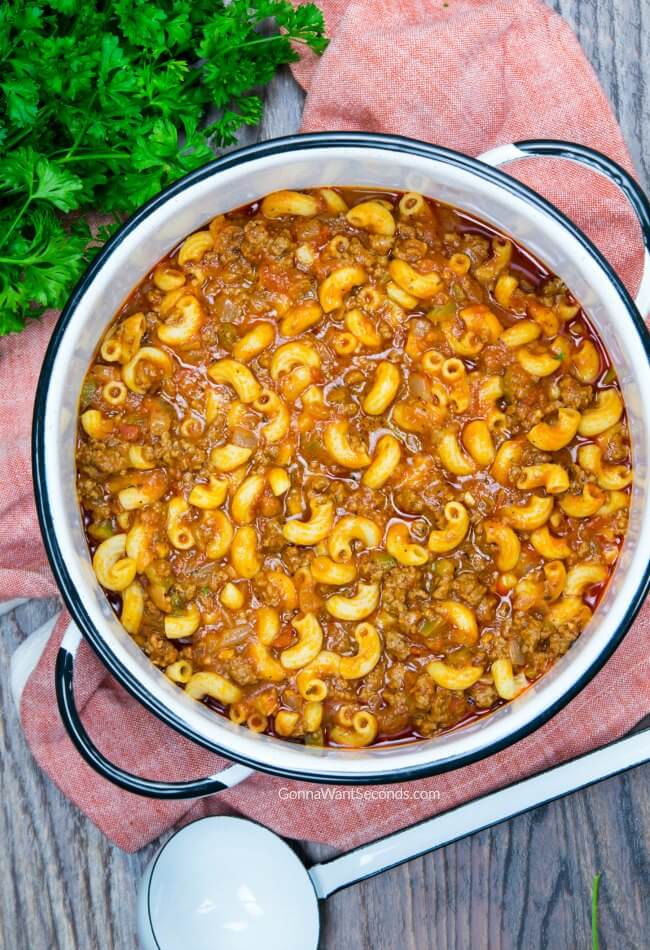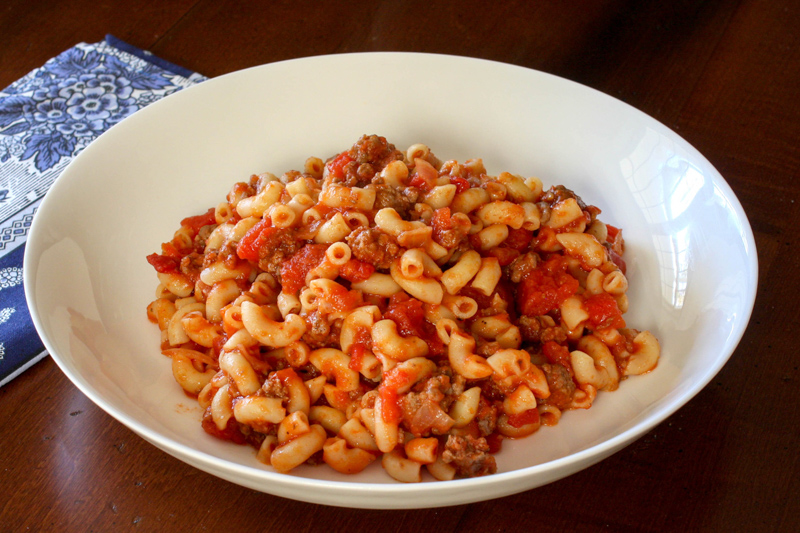

"I remember vividly when my family served sancocho at our house in El Valle to all farmers that, at midday, came down to mass from the mountains after working all day in the fields on March 19, Saint Joseph Day."įamily traditions centred around sancocho continue today. Veteran chef and cookbook author Cuquita Arias recalled her childhood.

Today, most Panamanians have fond memories of eating sancocho for as far back as they can remember, each bite sparking nostalgia. That said, sancocho has been such a part of Panamanian culture that it was not on the endangered recipe list. He compiled his research into his collaborative and comprehensive cookbook, which ultimately spearheaded a movement among his peers of contemporary chefs to not only rescue but elevate lost recipes of Panamanian cuisine at the modern dining table. The word T'ach, borrowed from an Indigenous word for food (and also the namesake of his restaurant at his family's generations-old Hotel Panamonte) is the result of his years-long exploration of Panama's multicultural and indigenous culinary traditions.Īfter working in kitchens overseas in his early adult career, Collins returned to his native Panama and studied in places where food was still prepared in traditional ways: Indigenous tribal villages, Afro-Caribbean communities and households still holding onto their gastronomic culture since before the Panama Canal bridged the East and West in 1914.

"Also, malanga (taro root), ñame (Caribbean yam) and criollo chilli pepper – which adds flavour, but is not hot."Ĭollins' recipe for sancocho de gallina is one of many in his influential cookbook, T'ACH: Authentic Panama Cuisine, published in 2016. " young hens ( gallina) cut up into parts, onions, garlic, culantro, oregano, salt and pepper to taste," he said. At his restaurant T'ACH, in the western highland town of Boquete, the esteemed chef – who many consider the "Godfather of the new Panamanian kitchen" – includes corn and local root vegetables from the surrounding areas in the province of Chiriquí, where most of Panama's crops are grown. Nonetheless, the base recipe, which is arguably considered the "national" one, is the original that hails from Chitre, a town on the Azuero Peninsula, according to Panamanian culinary anthropologist and chef Charlie Collins. In Panama, where it is considered the national dish, sancocho is a nostalgic panacea of poultry and produce.īefore modern shipping methods, ingredients varied by regions within Panama – thus, each sancocho recipe was unique. In the Dominican Republic, one recipe calls for "seven meats", including goat, ham and pork sausage. In Puerto Rico, sancocho is a tomato-based beef stock with corn, potatoes, cassava, calabaza squash and beef. Nevertheless, when you look at the different countries where the dish is made, you'll find sancocho recipes vary based on regional ingredients, seasoned to comfort local palates. Perhaps that's why the name of the dish is so generic sancocho is derived from the Spanish verb sancochar, meaning to cook in liquid. That's because the primary ingredients of this hearty soup – meat, vegetables and tubers – are as broad and as varied as Latin America itself. Sancocho may be ubiquitous across Latin America, but no two recipes are the same.


 0 kommentar(er)
0 kommentar(er)
